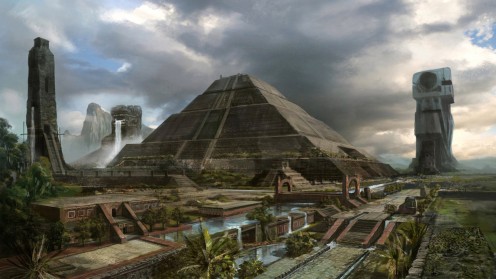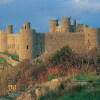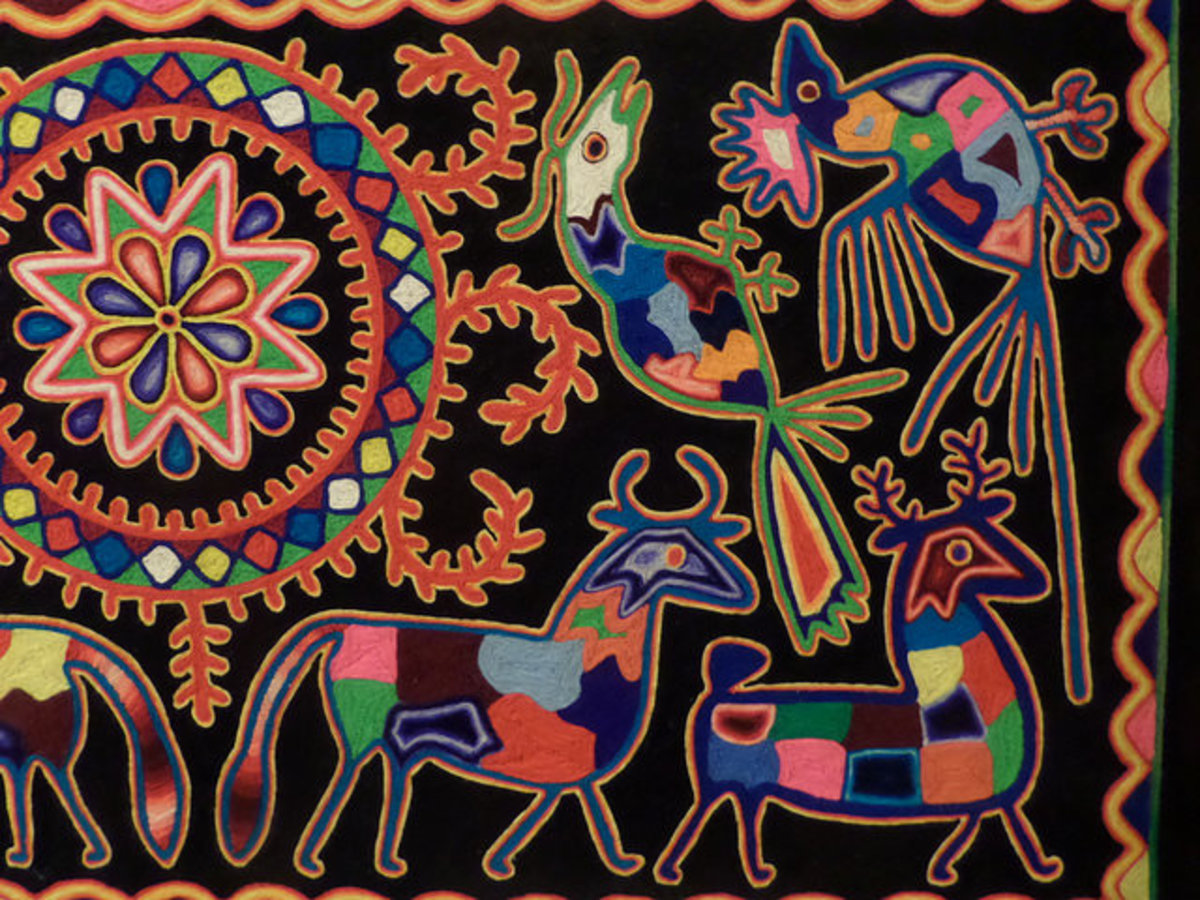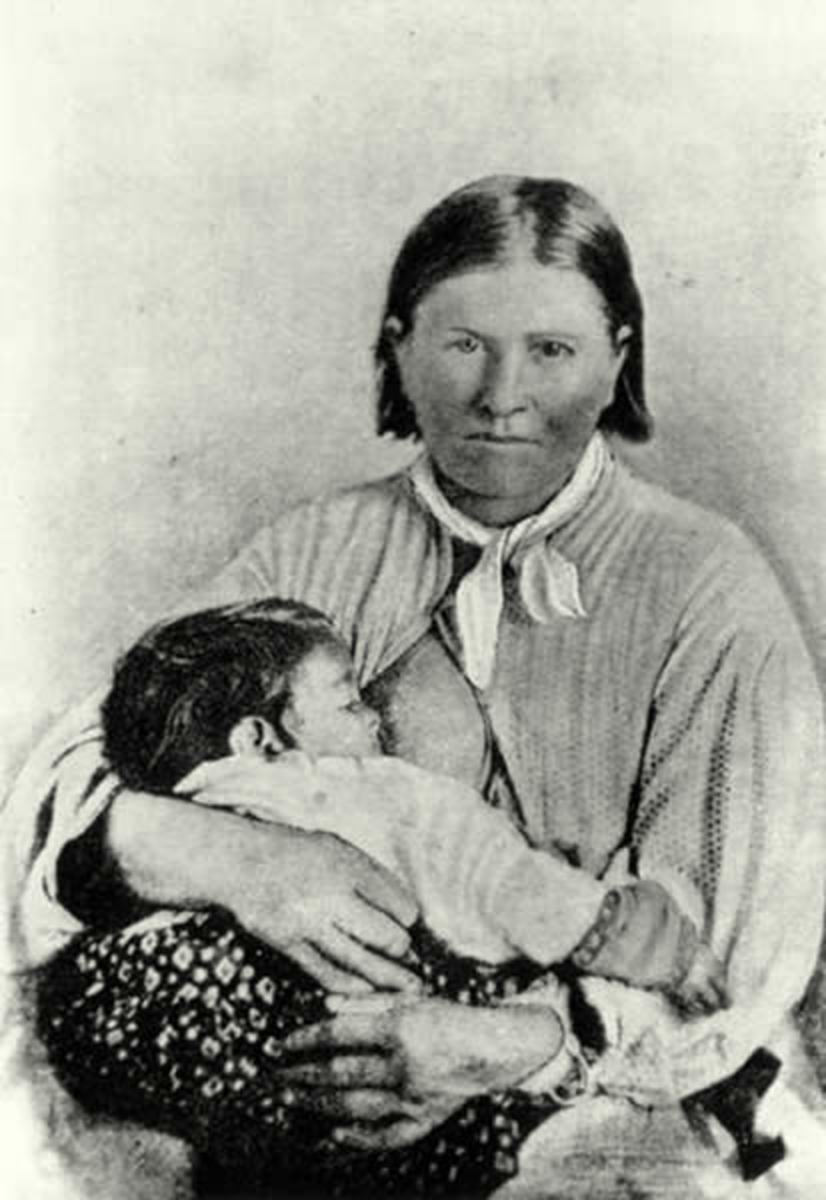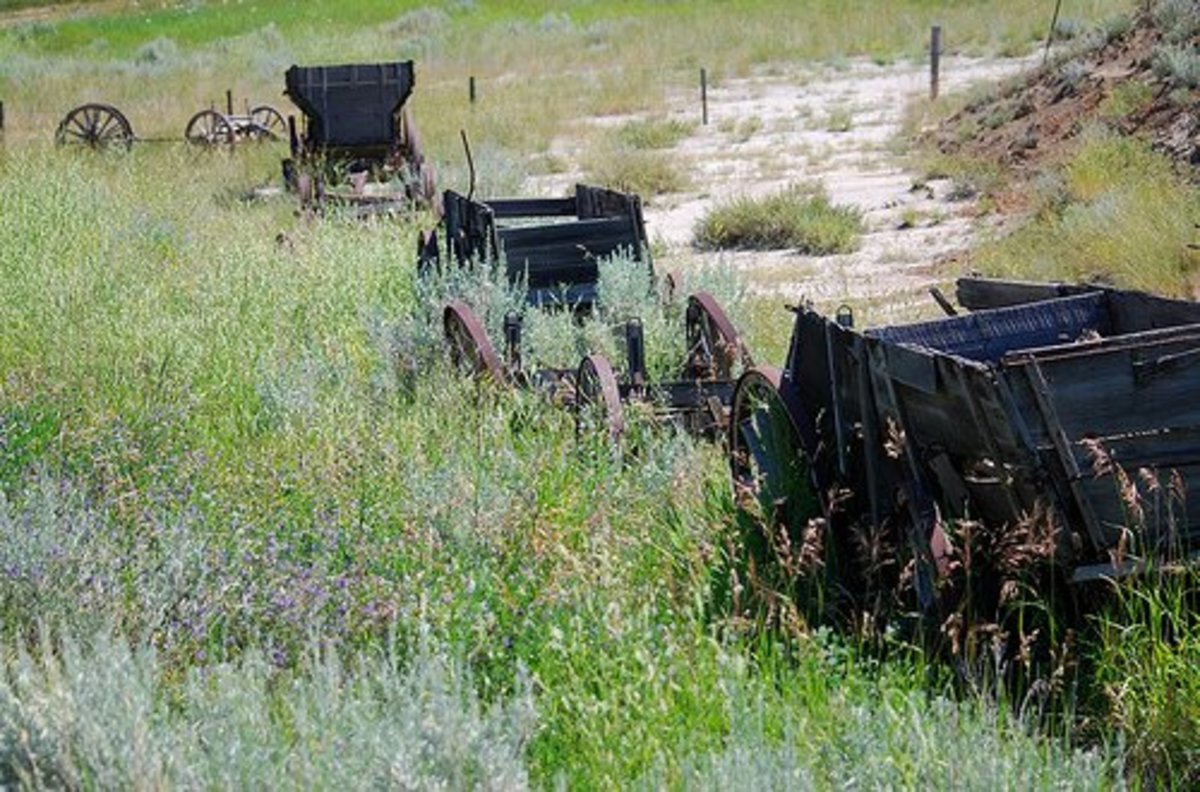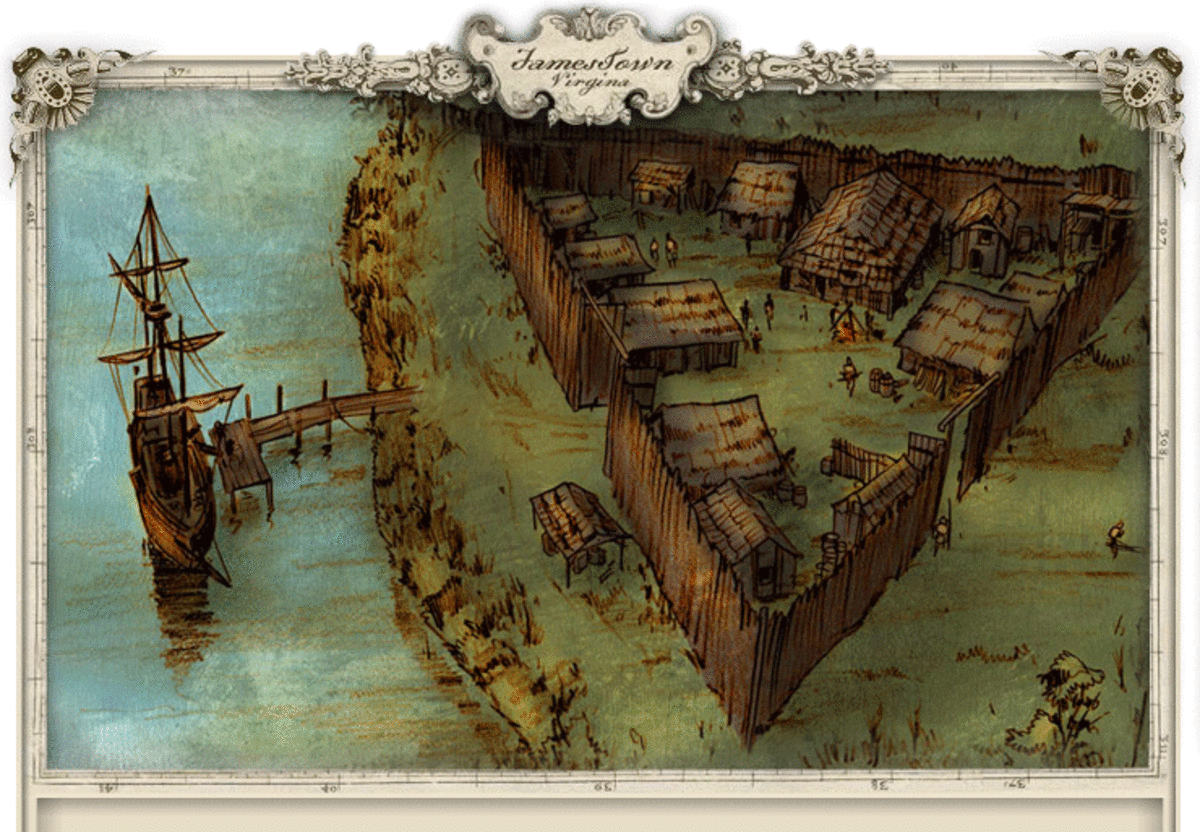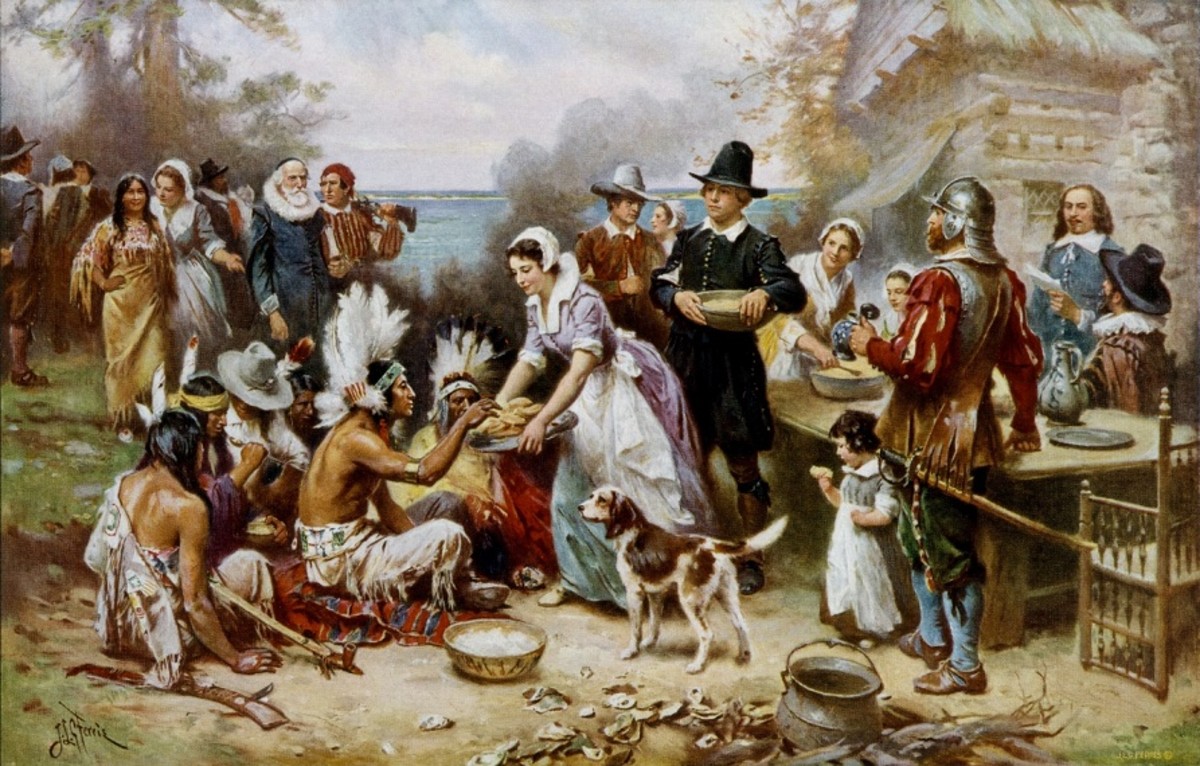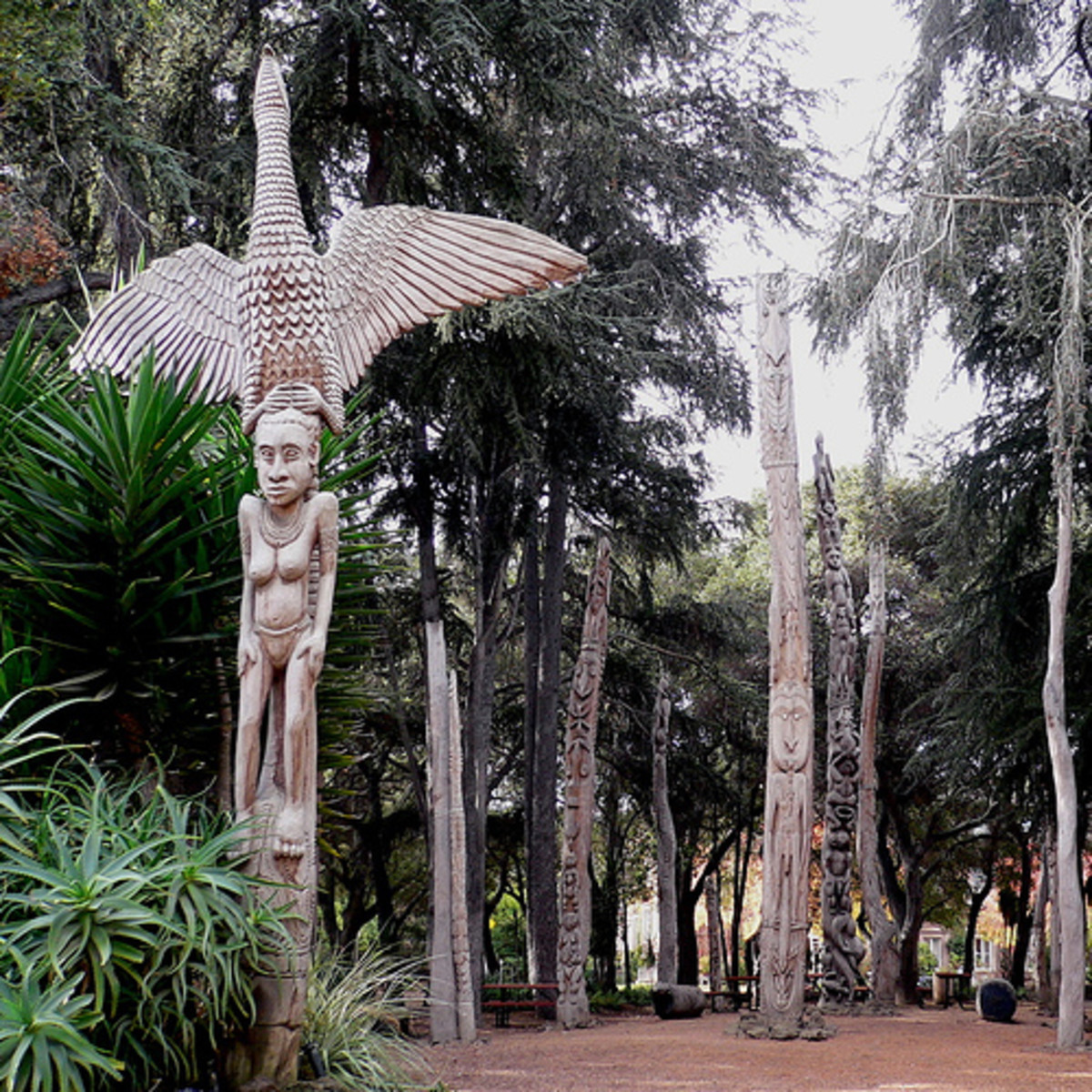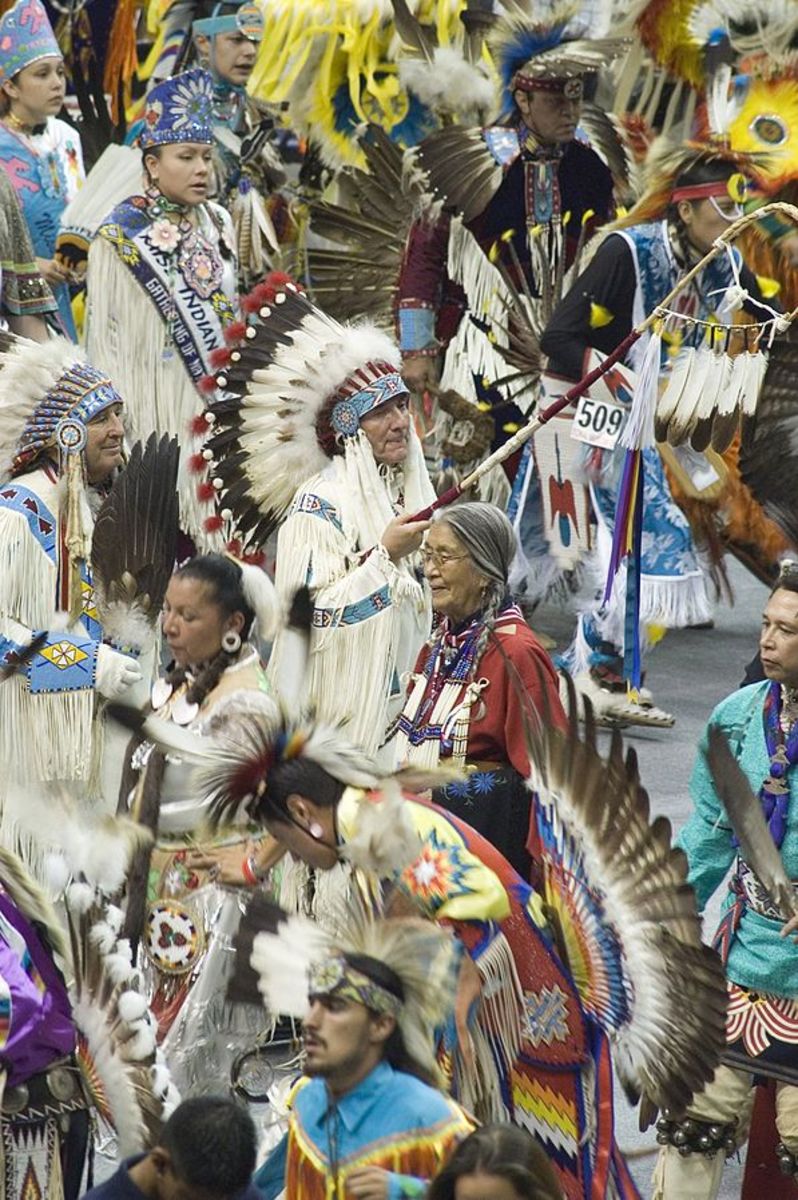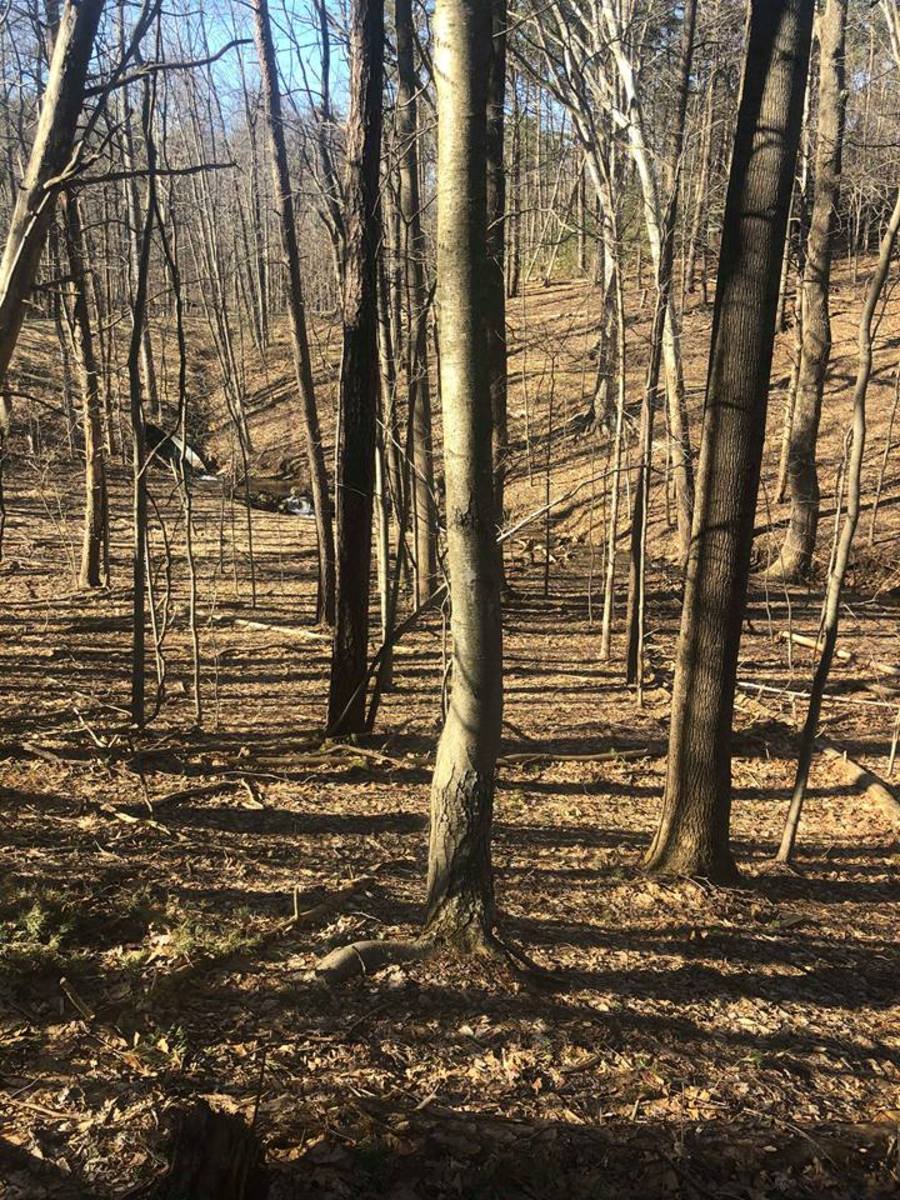- HubPages»
- Education and Science»
- History & Archaeology»
- History of the Americas
The First Americans
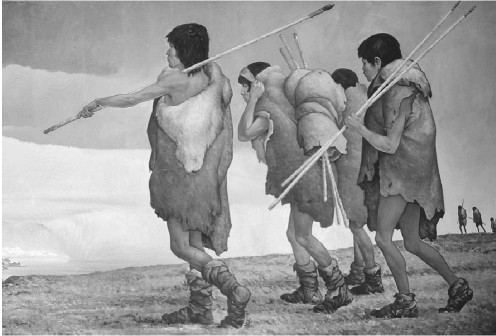
Thousands of years ago the Earth was an extremely cold place to live. The frigid climate caused water to freeze into large sheets of ice, and the resulting glaciers moved slowly and stealthily across the land, lowering sea levels and exposing new land that had never before been seen. This change in the Earth's surface served to connect areas that had once been separated by water, and the appearance of these new, natural land bridges afforded both humans and animals new routes to travel in their search for warmer temperatures and places to settle.
Berengia is one of the land bridges that scientists believe allowed people to cross from Asia into the Americas. It is also believed that people from Europe migrated to the Americas by following a Palaeolithic route, the North American ice edge corridor.
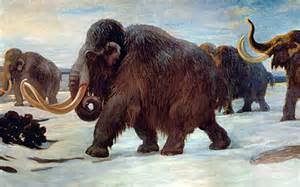
The First Americans- Early Settlers
Early settlers in the Americas survived by hunting wild animals and gathering wild plants. Food sources were sparse, and the hunter- gatherer societies were perpetually always on the move following game and looking for new sources of plant life.
Weapons were crafted from natural resources at hand, stones became spearheads, knives, and hammers, twigs and grasses made twine or rudimentary bindings.
The animals were far larger that those we're familiar with today; animals such as the giant, woolly mammoth who sported long, shaggy hair and enormously long, curled tusks. Animals such as this supplied much needed meat that was eaten in addition to the roots, wild fruits, nuts, and mushrooms that were gathered when available, but the availability of these food sources was rare, and the hunter-gatherer societies kept moving until the climate and environment allowed for settlement. Eventually, the chance to settle changed everything.
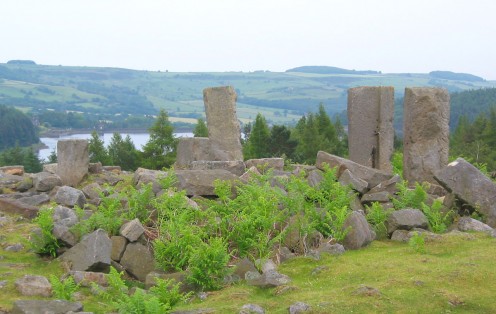
Early Settlements
10,000 B.C., found the glaciers melting, the oceans on the rise, and the land bridges disappearing, once again becoming a part of the ocean floor. For those who'd migrated to the Americas from Asia and Europe it meant the inability to ever return home. Some of these people continued to roam the Americas preferring their nomadic lifestyle to permanent settlement. Others chose to create the homesteads that would lead to permanent communities.
Archaeological discoveries in both South America and Mexico show that seed planting may have occurred as early as 7000 B.C. The warmth of the climate combined with the availability of rich natural resources encouraged plant growth. Few animals were left to hunt which made farming a lucrative decision for those who wanted to plant roots. America's first home grown foods were corn, beans, tomatoes, sunflowers and different varieties of squash.
Farming allowed people to grow more food than they personally had need for, and a surplus of farm goods meant that hunting was not always a necessary endeavor. Hunters, of course still went out on a regular basis, but those who hunted now did it for the entire community. Farming allowed for specialization of labor; specialization of labor led to complex societies. Early developments of these types of communities are found in the country we know today as Mexico.
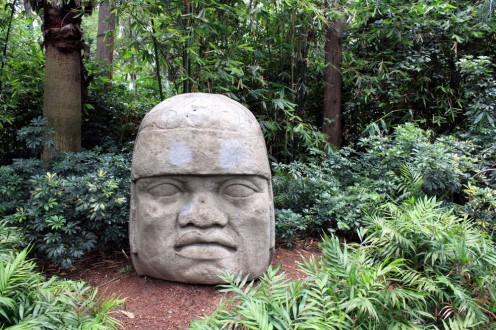
The Olmec
One of the earliest civilizations in the Americas was the Olmec. The Olmec civilization boasted its own intricate forms of education, government, and religion. Between the years 1300 and 400 B.C., the Olmec people lived along the southern coastline of Mexico in what is now known as the Gulf of Mexico. Each summer the riverbanks would overflow, fertilizing the soil and allowing the Olmec to grow and harvest crops like corn, beans and squash.
It is believed that the city of La Venta was built by the Olmec as a place for trade, and that the Olmec culture itself had great influence on the future cultures that would follow them in settling the region. Archaeologists believe that the Olmec were the first Americans to sculpt in stone. They are also known for creating a calendar and indulging in "ball games." The games of course, were ceremonial.
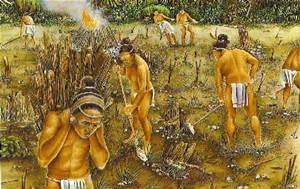
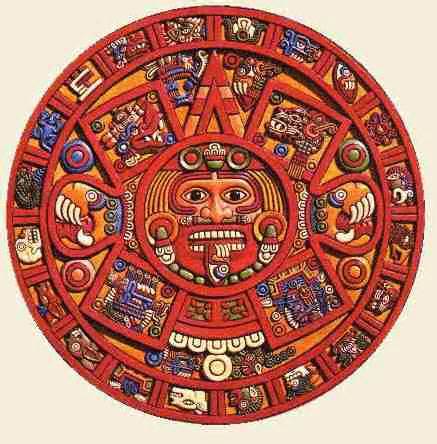
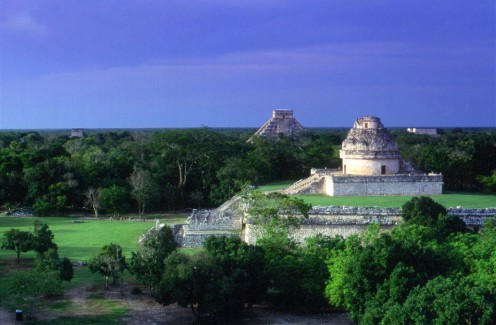
The Maya Civilization
It is believed that the Mayan's complex culture began around 300 B.C. Development of that culture, in what is now southern Mexico and Guatelmala was based upon their unequaled strides in farming, something that allowed for a large population due to very large supplies of food.
Corn was their main source of sustenance; supplemented by large crops of sweet potatoes, beans, yucca, and squash. Corn (maize) was used in both its natural form and also as flour, something that allowed for bread, flat cakes, and the preliminary form of today's ever popular tortillas.
Although the Mayan way of farming was unequaled at the time, their other accomplishments were many. The Maya people specialized in numerous things; their cities had scientists, artists, and historians living within them. The Maya divided their calendars into 260 days and celebrated 20 festivals per year. Written records have not only been found, they've also been translated. The Maya noted dates, times, and events; they chronicled conquests, and they invented the concept of the number zero. Large Mayan cities were formed; cities such as Copan, Tikal, and Chichen Itza. Remains of those cities reveal that the Maya had palaces, stone temples, and many other types of buildings, buildings that housed thousands of people. The religious centers and temples were the most important facet of the Mayan culture, and during their time the largest in the Americas.
Trade was also an essential part of the Mayan culture. Traded goods in the region that have been discovered include obsidian, flint, oyster shells, and jade. Food stuffs such as cacao beans and spices were also in demand, as were things like cloth, pelts, rubber, wood, and ceramic goods.
How and why the Mayan civilization disappeared is still a mystery, but around the year 909 A.D., they deserted their cities. Archaeological experts are of the opinion that food shortages and war caused them to move on, but the true reason for their disappearance may never be revealed.
What we do know is what's been left behind. The ruins, the temples, the descendants who presently live in Guatemala and Mexico, descendants who continue to speak the language and follow the customs of their lost ancestors; the first Americans.
